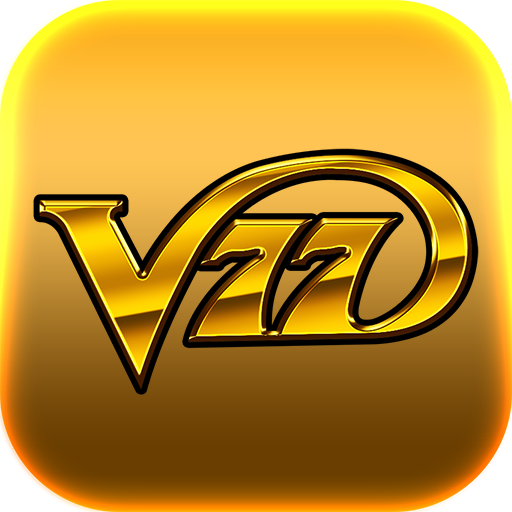VEGAS77: 17 Situs Slot Gacor Hari Ini Terjamin Gampang Menang
IDR 10,000
Quantity:
Bosan kalah main slot? Ingin merasakan sensasi kemenangan jackpot yang fantastis? VEGAS77 hadir sebagai solusi tepat untuk Anda! Kami telah merangkum 17 situs slot gacor hari ini yang terjamin memberikan kemenangan mudah bagi para pemainnya.
Di VEGAS77, Anda akan menemukan berbagai pilihan situs slot gacor dari provider ternama seperti Pragmatic Play, Slot88, Microgaming, dan lainnya. Setiap situs slot yang kami rekomendasikan telah diuji dan terbukti memberikan RTP (Return to Player) tinggi dan jackpot melimpah.
17 Situs Slot Gacor Hari Ini Yang Wajib Anda Coba
- Slot88
- Pragmatic Play
- Microgaming
- Yggdrasil
- Playtech
- Red Tiger
- Spadegaming
- Nolimit City
- Relax Gaming
- iSoftBet
- Habanero
- Play'n GO
- Betsoft
- Evoplay
- Booming Games
- Agung Gaming
- Joker Gaming
Setiap situs slot gacor di atas memiliki keunggulan dan permainan slot menariknya masing-masing. Anda dapat memilih situs yang sesuai dengan preferensi dan gaya bermain Anda.

